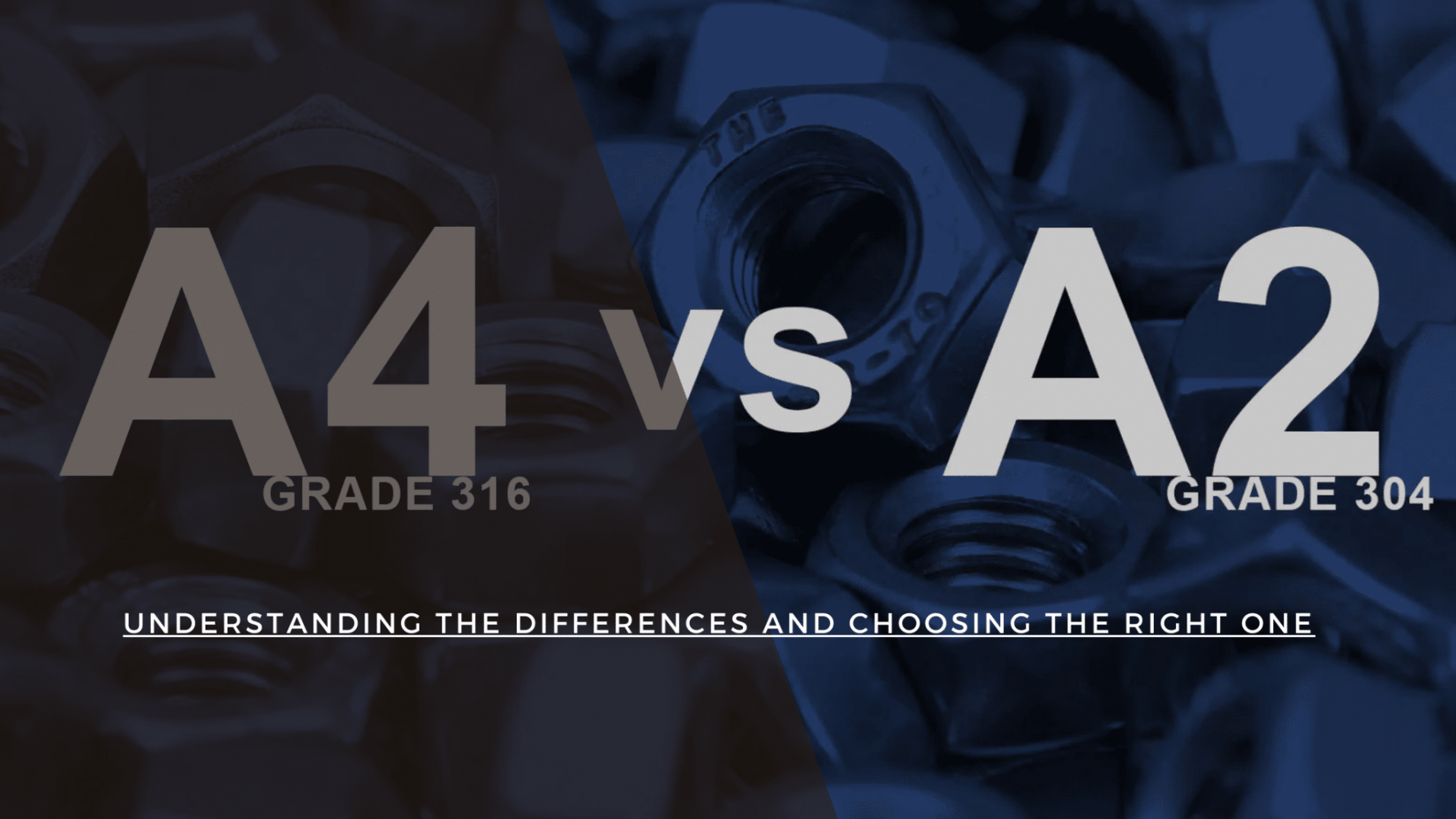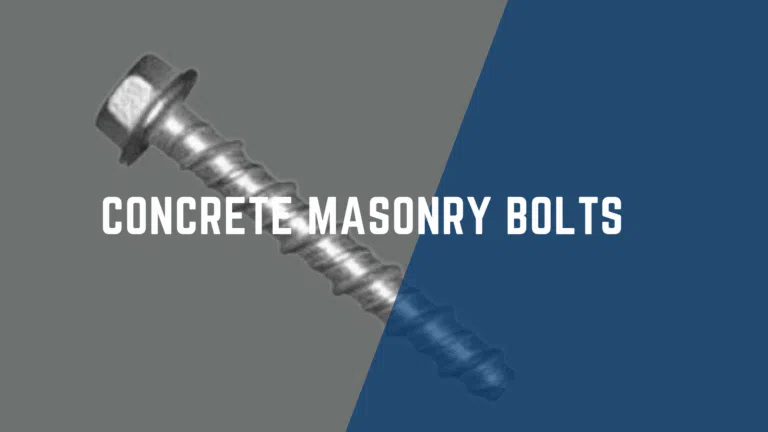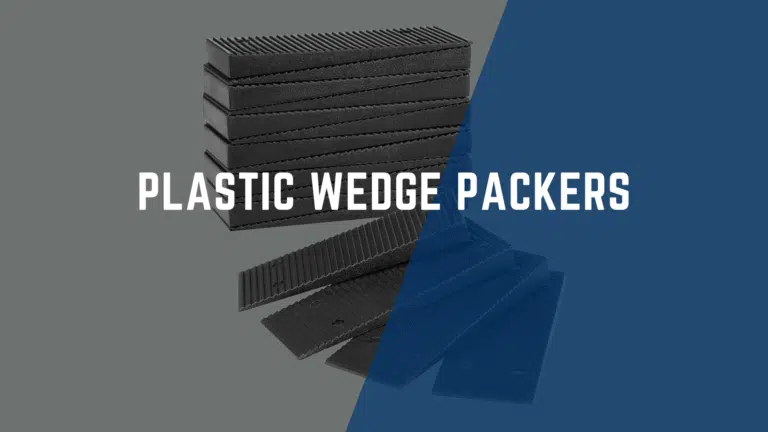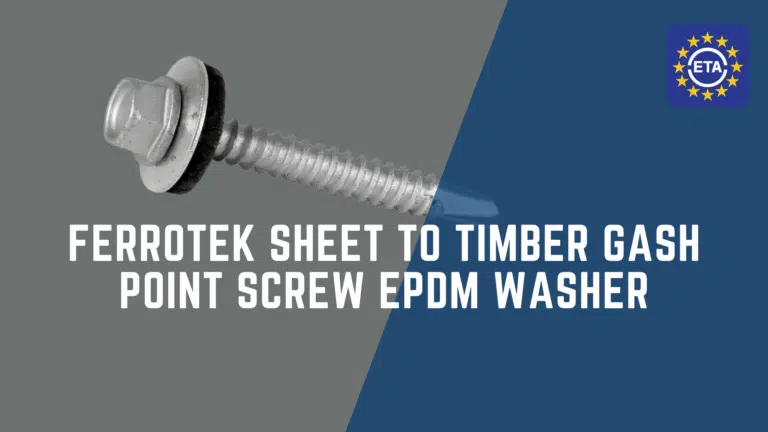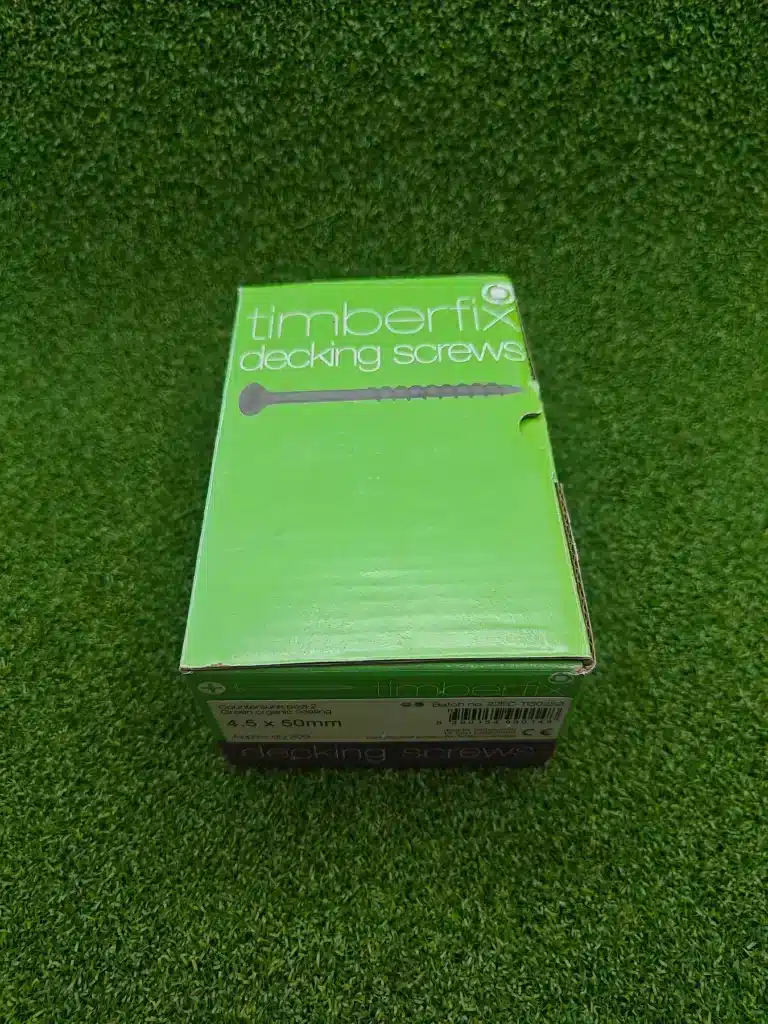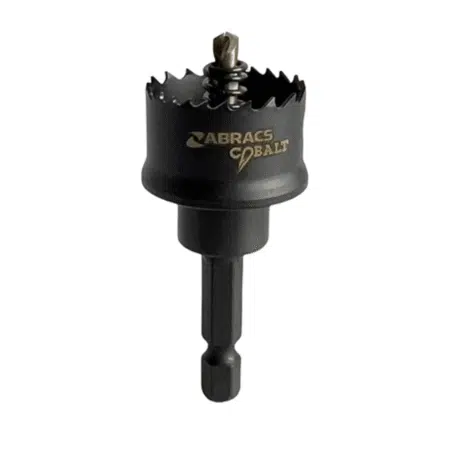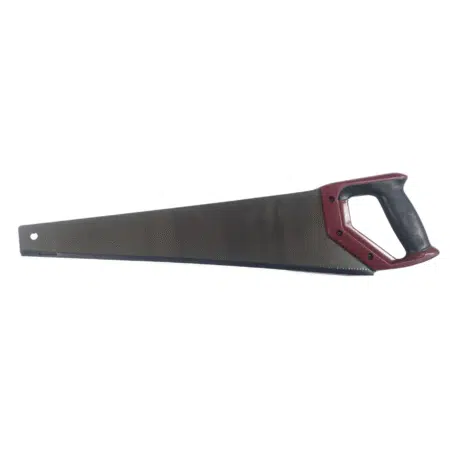Stainless steel alloys play a vital role in various applications, and understanding the specific properties of A2 and A4 stainless steel can significantly impact your project’s success. A2 offers excellent corrosion resistance in moderate environments, while A4, known for its enhanced chloride corrosion resistance, is ideal for marine or chemical applications. By evaluating your specific needs and environments, you can select the right type of stainless steel to ensure durability and safety in your projects.
A2 vs A4 Stainless Steel Key Takeaways:
- Corrosion Resistance: A4 stainless steel offers superior resistance to chlorides and aggressive environments compared to A2, making it the preferred choice for marine and coastal applications.
- Composition Differences: A2 stainless steel is composed of 304-grade material, while A4 is made from 316-grade, which includes molybdenum for enhanced corrosion protection.
- Application Suitability: A2 is typically suitable for general indoor use and low-corrosion environments, whereas A4 is ideal for outdoor or high-corrosion settings such as chemical processing and marine structures.
Composition of A2 and A4 Stainless Steel
While both A2 and A4 stainless steels are part of the austenitic family, their compositions differ significantly, influencing their properties and suitability for various applications. A2, often referred to as 304 stainless steel, generally contains around 18% chromium and 8% nickel, providing a good balance of strength and corrosion resistance. In contrast, A4, or 316 stainless steel, includes approximately 16% chromium, 10% nickel, and 2% molybdenum, enhancing its resistance to pitting and crevice corrosion, particularly in chloride environments.
Chemical Composition
Behind the composition of A2 and A4 stainless steels lie their important alloying elements. A2’s mix of chromium and nickel offers decent resistance to oxidation and atmospheric corrosion, making it suitable for a variety of indoor and outdoor applications. On the other hand, A4’s addition of molybdenum provides enhanced resistance to aggressive environments, notably salty waters, making it the preferred choice for marine applications and other environments prone to corrosion.
Mechanical Properties
Composition significantly impacts the mechanical properties of stainless steel. A2 generally offers excellent weldability and can withstand temperatures up to 870°C, while A4 boasts somewhat similar mechanical strength but excels in extreme conditions such as high-temperature or chemically aggressive environments. A4’s higher resistance to stress corrosion cracking makes it a more robust option when your projects involve exposure to harsh elements.
But, it’s important to weigh the mechanical characteristics of each type against your specific project requirements. A2 provides solid performance for everyday applications, whereas A4’s enhanced durability under severe conditions can justify its often higher cost. If your project is likely to encounter aggressive chemicals or saltwater, opting for A4 may not only save you from costly repairs but also enhance the longevity of your constructions.
Corrosion Resistance

A2 Stainless Steel
Below A2 stainless steel contains approximately 18% chromium and 8% nickel, providing a moderate level of corrosion resistance. While it performs well in dry and non-chloride environments, it may be susceptible to corrosion when exposed to more aggressive substances, specifically chlorides.
A4 Stainless Steel
Above A4 stainless steel, often referred to as marine grade stainless steel, contains around 16% chromium, 10% nickel, and additionally includes 2% molybdenum. This composition significantly enhances its resistance to corrosive elements, particularly in chloride-laden environments such as seawater.
A key advantage of A4 stainless steel is its enhanced durability against pitting and crevice corrosion. This makes it the preferred choice for components exposed to high salinity conditions. Whether you’re working on marine equipment or chemical processing, A4’s robust resistance ensures a prolonged lifespan and optimal performance in harsh scenarios. Opting for A4 may save you costs on maintenance and replacements in the long run.
A2 vs A4 Stainless Steel Applications and Uses
Unlike A2 stainless steel, which is typically suited for indoor environments, A4 stainless steel excels in harsh conditions, making it ideal for marine and chemical applications. Understanding their specific properties will help you select the right material for your needs.
A2 Applications
On many occasions, you will find A2 stainless steel being used in kitchen equipment, screws, and bolts, especially in environments where corrosion risks are minimal. It is an excellent choice for furniture, medical instruments, and mild industrial applications.
A4 Applications

Applications of A4 stainless steel are particularly vital in industries involving marine environments and aggressive chemicals. Its enhanced corrosion resistance ensures longevity and reliability in salty atmospheres, such as shipbuilding or offshore structures. You might also consider A4 for food processing, where hygiene is paramount, as it withstands cleaning agents that would damage lower-grade steels. In any scenario where exposure to corrosive elements is a concern, A4 is the material of choice for optimal performance.
A2 vs A4 Stainless Steel Cost Considerations
Once again, when evaluating A2 and A4 stainless steel for your project, it’s imperative to assess the cost implications. A2 stainless steel generally offers a lower price point compared to A4, which tends to be more expensive due to its enhanced corrosion resistance properties. Balancing the material cost against your specific needs will ensure you make a financially sound decision.
Price Differences
Differences in price between A2 and A4 stainless steel are a result of their composition and performance characteristics. A4 stainless steel, containing molybdenum, typically comes at a higher cost as it provides greater resistance to corrosion in marine environments and chloride-rich settings. This premium may be justified if your project demands long-lasting performance.
A2 vs A4 Stainless Steel Value for Specific Uses
Considerations for the application of A2 versus A4 stainless steel should focus on your specific environmental conditions. If you are working in marine or highly corrosive environments, A4 stainless steel is well worth the investment for its superior durability. However, for general indoor use, A2 stainless steel will generally suffice, offering good strength and corrosion resistance at a lower cost. Evaluating the long-term benefits against initial expenditure is key to making the right choice for your project.
Selecting the Right Type
To choose between A2 and A4 stainless steel, consider your specific project requirements, including environmental factors, load-bearing capacity, and corrosion resistance. A2 is suitable for indoor applications, while A4 is optimal for harsher, marine environments. Evaluate the intended use to ensure you select the right alloy for longevity and durability.
Factors to Consider
With your project in mind, assess the following factors:
- Corrosion resistance needs
- Environment (marine vs. indoor)
- Cost implications
- Weight and structural requirements
Assume that these factors will significantly influence your choice and overall project success.
Common Misconceptions
With the complexity of stainless steel grades, many assume that A2 and A4 are interchangeable. However, their distinct properties can lead to very different outcomes in specific applications.
For instance, some might wrongly believe that A2 stainless steel is adequate for all environments, leading to potential issues such as corrosion in marine settings. In contrast, A4’s superior chloride resistance makes it vital for coastal or industrial scenarios. Understanding these differences is fundamental; choosing the wrong type could result in unnecessary failures or replacements, affecting both your project’s aesthetics and safety.
A2 vs A4 Stainless Steel Maintenance and Care
Not adhering to proper maintenance can lead to corrosion and diminished performance in both A2 and A4 stainless steel. Regular cleaning with mild detergent and warm water is important to maintain their aesthetic appeal and structural integrity. For A2, it is particularly important to monitor for signs of rust, while ensuring you avoid harsh chemicals that could damage the surface finish.
Care for A2 Stainless Steel
Any signs of discolouration or rust on A2 stainless steel should be addressed promptly. Regularly clean the surface with a soft cloth to remove dirt and debris, and consider using a dedicated stainless steel cleaner. Ensure you rinse thoroughly after cleaning to prevent residue build-up, which could lead to corrosion over time.
Care for A4 Stainless Steel

Understanding the maintenance needs of A4 stainless steel is important for preserving its integrity. Regular inspections for saltwater damage and surface scratches will help you identify potential issues before they escalate. A protective coating can offer additional defence against harsh conditions, ensuring your materials remain strong and visually appealing for years to come.
A2 vs A4 Stainless Steel Summing up
With these considerations in mind, you can make an informed choice between A2 and A4 stainless steel for your project. A2 is suitable for general applications in less corrosive environments, while A4 offers superior resistance in harsher conditions, such as marine applications. Evaluate your project’s specific demands—such as exposure to moisture, chemicals, and mechanical load—to determine which stainless steel type best aligns with your requirements. This understanding will significantly enhance the durability and performance of your work.
A2 vs A4 Stainless Steel FAQ
Q: What are the main differences between A2 and A4 stainless steel?
A: The primary differences between A2 and A4 stainless steel lie in their composition and corrosion resistance. A2 is an Austenitic stainless steel, which contains around 18% chromium and 8% nickel, making it suitable for a wide range of environments, but less resistant to chlorides. In contrast, A4 stainless steel, also known as marine-grade stainless steel, contains 16% chromium, 10% nickel, and 2% molybdenum, which enhances its resistance to pitting and crevice corrosion in hostile environments, particularly those involving saltwater. This makes A4 more suitable for marine and coastal applications where exposure to salt and moisture is prevalent.
Q: In what applications is A2 stainless steel preferred over A4?
A: A2 stainless steel is often the material of choice for general-purpose applications where corrosion resistance is important, but not to the extent required in marine environments. Common usages include fasteners, kitchen utensils, automotive parts, and household appliances. Its balance of strength and corrosion resistance makes it practical for use in less aggressive environments, such as indoors or in dry areas where exposure to rust-causing elements is minimal.
Q: How should I choose between A2 and A4 stainless steel for my project?
A: When selecting between A2 and A4 stainless steel, consider the environmental conditions the material will face. If your project is in a dry, indoor environment with minimal corrosion risk, A2 stainless steel will likely suffice. However, if your application is for outdoor use or in areas exposed to saline conditions, such as marine environments or coastal regions, A4 stainless steel is advisable due to its superior resistance to corrosion. Additionally, evaluate factors like mechanical properties, aesthetic preferences, and budget constraints, as A4 stainless steel can be more expensive than A2.

